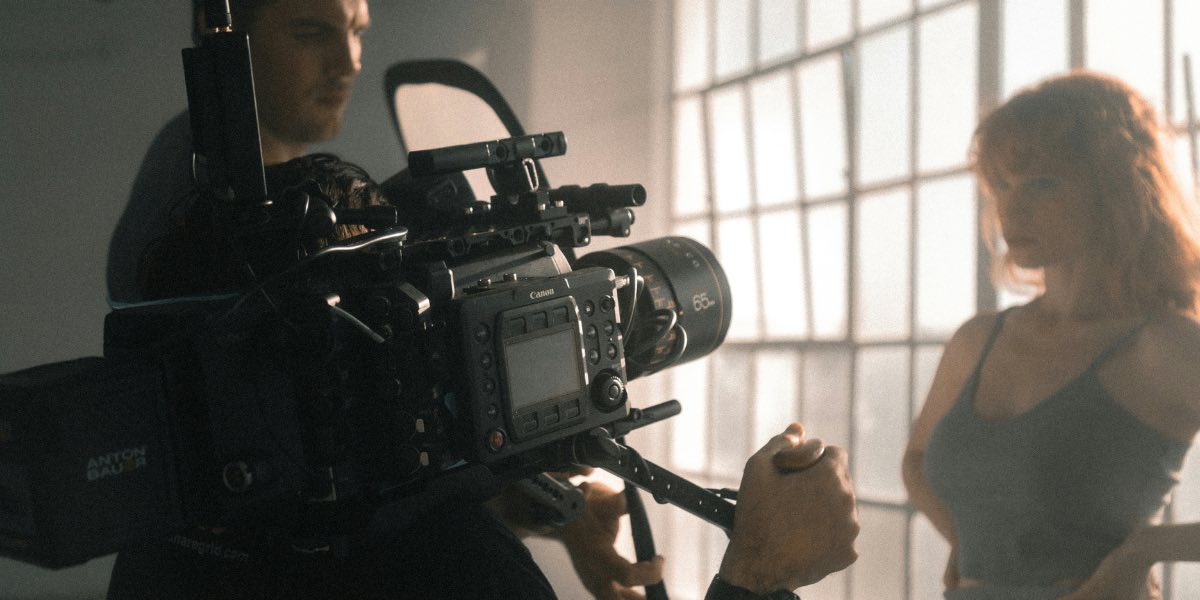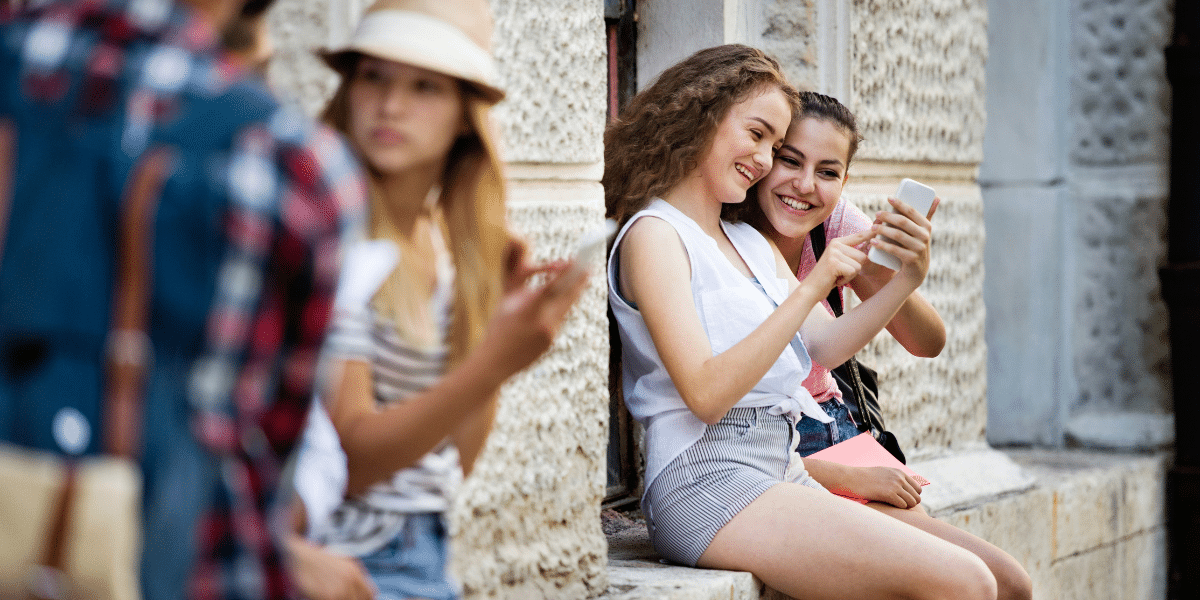Hollywood’s portrayal of beauty has long been associated with youth, shaping audience perceptions of aging both on and off the screen. In recent years, however, there has been a noticeable shift toward age-inclusive beauty standards, reflecting broader conversations about representation, diversity, and evolving ideals. While these changes are evident in casting decisions, advertising campaigns, and social media narratives, the extent to which they influence industry norms remains an ongoing discussion.
Read also: How Inclusive Beauty Is Reshaping Fashion and Media
How Have Traditional Beauty Standards in Hollywood Shaped Casting?
Hollywood’s casting history reflects a long-standing preference for youthful appearances, particularly in leading roles. Younger actors have frequently been positioned at the forefront of romantic leads and protagonists, while older actors—especially women—have often seen fewer opportunities for central roles. While male actors have traditionally remained in high-profile roles as they age, women in the industry have sometimes faced more limited options, often cast in supporting or maternal roles rather than as main characters.
Aging has also been portrayed differently depending on gender, with mature male actors frequently seen as distinguished or experienced, while women of the same age have often encountered expectations to maintain a youthful look. While some actors have navigated this dynamic by embracing roles that reflect their changing on-screen presence, others have discussed the pressures of staying relevant in an industry that has historically favored younger talent.
What Is Driving Hollywood’s Shift Toward Age-Inclusive Beauty?
A variety of cultural and industry factors have contributed to a broader acceptance of age diversity in Hollywood. Shifting audience demographics, changing beauty trends, and advocacy for representation have played a role in reshaping perceptions of aging in entertainment.
Streaming platforms have expanded opportunities for actors across different age groups, offering stories that cater to more diverse audiences. With a growing demand for multi-generational narratives, content creators are increasingly casting actors of all ages in roles that move beyond conventional archetypes. This has allowed more nuanced storytelling that reflects a range of life experiences, rather than centering narratives solely on youth.
Social media has also influenced the way aging is discussed in Hollywood and beyond. Many public figures have used digital platforms to challenge outdated beauty ideals, openly discussing aging without adhering to traditional expectations. Some have highlighted natural aging, while others have spoken about personal choices regarding cosmetic treatments, emphasizing the idea that beauty is not confined to a single definition.
How Are Beauty and Fashion Industries Responding to Changing Standards?
Hollywood’s evolving approach to beauty has intersected with changes in the fashion and beauty industries, where marketing strategies are increasingly incorporating age diversity. More brands have expanded their representation of older individuals, highlighting a range of beauty perspectives rather than focusing exclusively on youth-driven campaigns.
Luxury beauty brands that once centered messaging around anti-aging products have introduced alternative approaches that emphasize skincare and self-care at any stage of life. Some campaigns have featured older models without digital retouching, reflecting a shift toward authenticity in advertising. The fashion industry has also expanded representation on runways and in editorials, with designers featuring models across different age groups in campaigns that emphasize style and confidence rather than age-specific expectations.
How Are Casting Decisions Reflecting More Age Diversity?
Recent projects in film and television have embraced a wider range of age representation, featuring older actors in lead roles and multi-generational storytelling. Strong performances from experienced actors have demonstrated that compelling narratives do not need to center exclusively on youth but can instead highlight character depth and lived experience.
Dramatic films and television series, in particular, have provided more opportunities for older actors to take on complex, central roles. Some genres, however, still lean heavily toward younger casting, particularly in mainstream romantic comedies and action films. While certain franchises and directors have challenged these trends by featuring older leads in traditionally youth-driven genres, these shifts remain gradual and dependent on industry-wide changes.
What Challenges Remain in Achieving Greater Age Representation?
Despite signs of progress, age-related biases persist in Hollywood, influencing both casting opportunities and beauty expectations. Some actors have discussed the ongoing pressure to maintain a youthful appearance, whether through styling, makeup, or cosmetic procedures. While discussions around embracing aging have gained visibility, industry norms still reflect a mix of traditional and evolving perspectives.
Disparities in how aging is portrayed for men and women also remain a topic of discussion. While older male actors continue to lead major film franchises, women of similar ages often navigate different casting landscapes. Addressing these gaps requires not only changes in individual casting decisions but also broader shifts in how aging is portrayed in storytelling.
How Does Hollywood’s Shift Impact Cultural Perceptions of Aging?
Hollywood’s evolving portrayal of beauty and aging has the potential to influence broader cultural attitudes, as media representation often shapes societal views. Expanding the range of ages represented in film and television can reinforce the idea that beauty is not limited to a particular stage of life but is instead defined by a variety of attributes, including confidence, individuality, and presence.
Viewers engaging with more diverse portrayals of age may develop a broader understanding of beauty that moves beyond traditional norms. This shift encourages discussions about self-expression, the value of experience, and the ways in which aging can be represented in ways that align with reality rather than restrictive ideals.
Read also: Inclusivity in Fashion: Body Positivity and Diverse Representation
What Does the Future of Age-Inclusive Beauty in Hollywood Look Like?
The presence of age diversity in Hollywood continues to evolve, shaped by audience expectations, industry trends, and cultural conversations about beauty. While progress has been made, the extent to which these changes will reshape long-standing industry norms remains an area of ongoing discussion.
Continued advocacy for representation, combined with changing media landscapes, suggests that narratives will continue to expand. Whether this shift becomes more fully integrated into mainstream storytelling depends on the willingness of studios, casting directors, and audiences to support a broader and more inclusive view of beauty.






